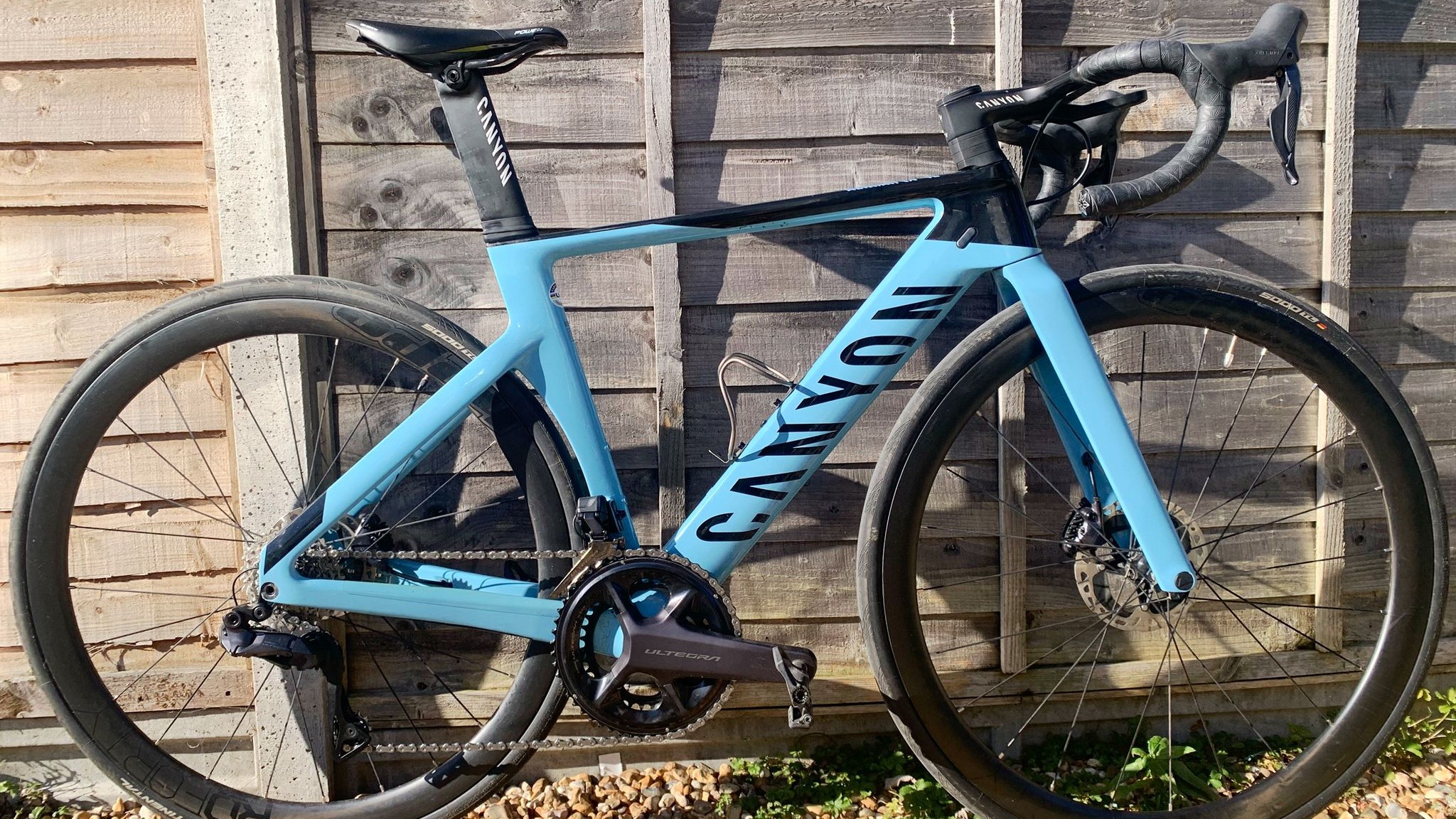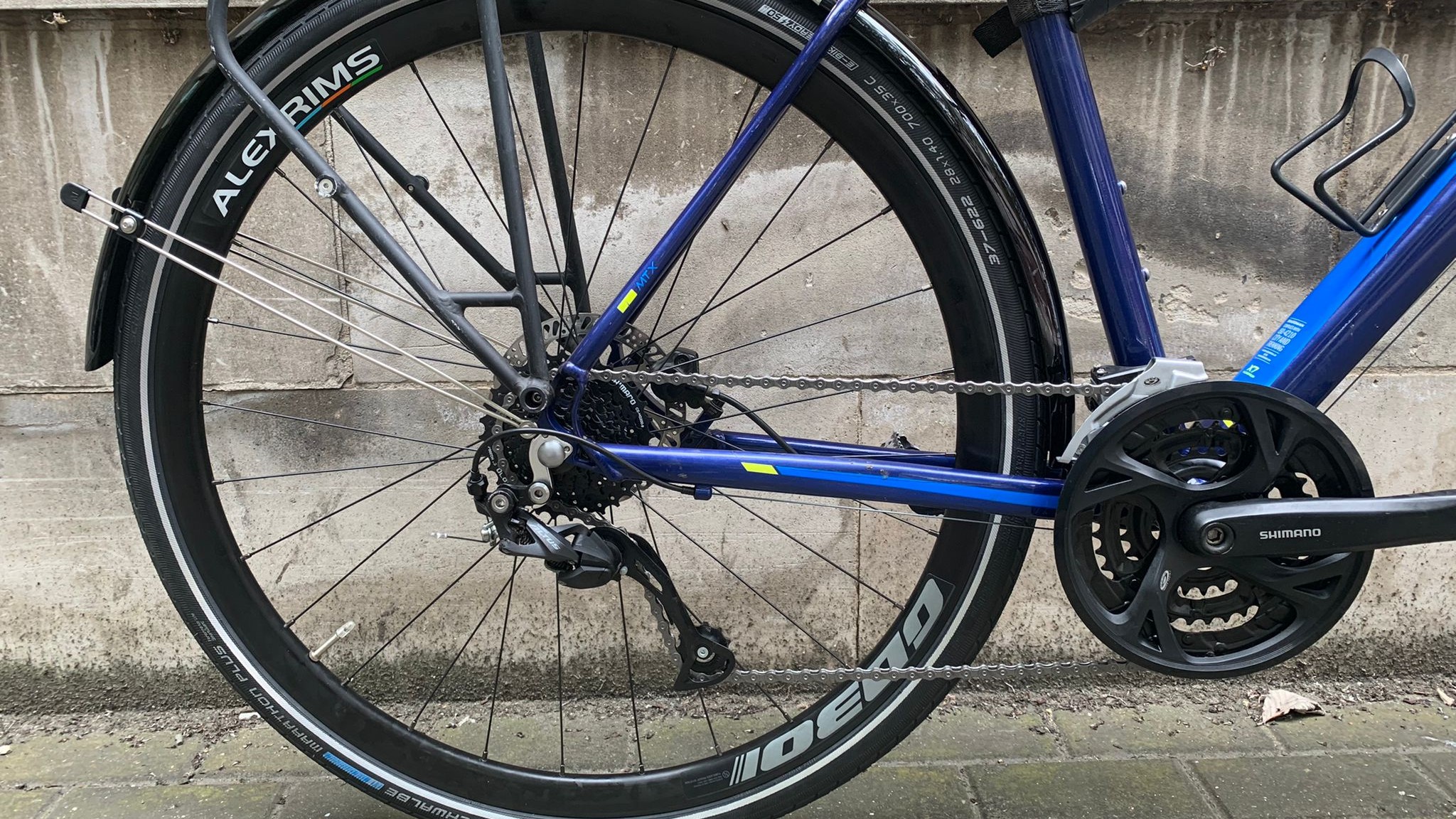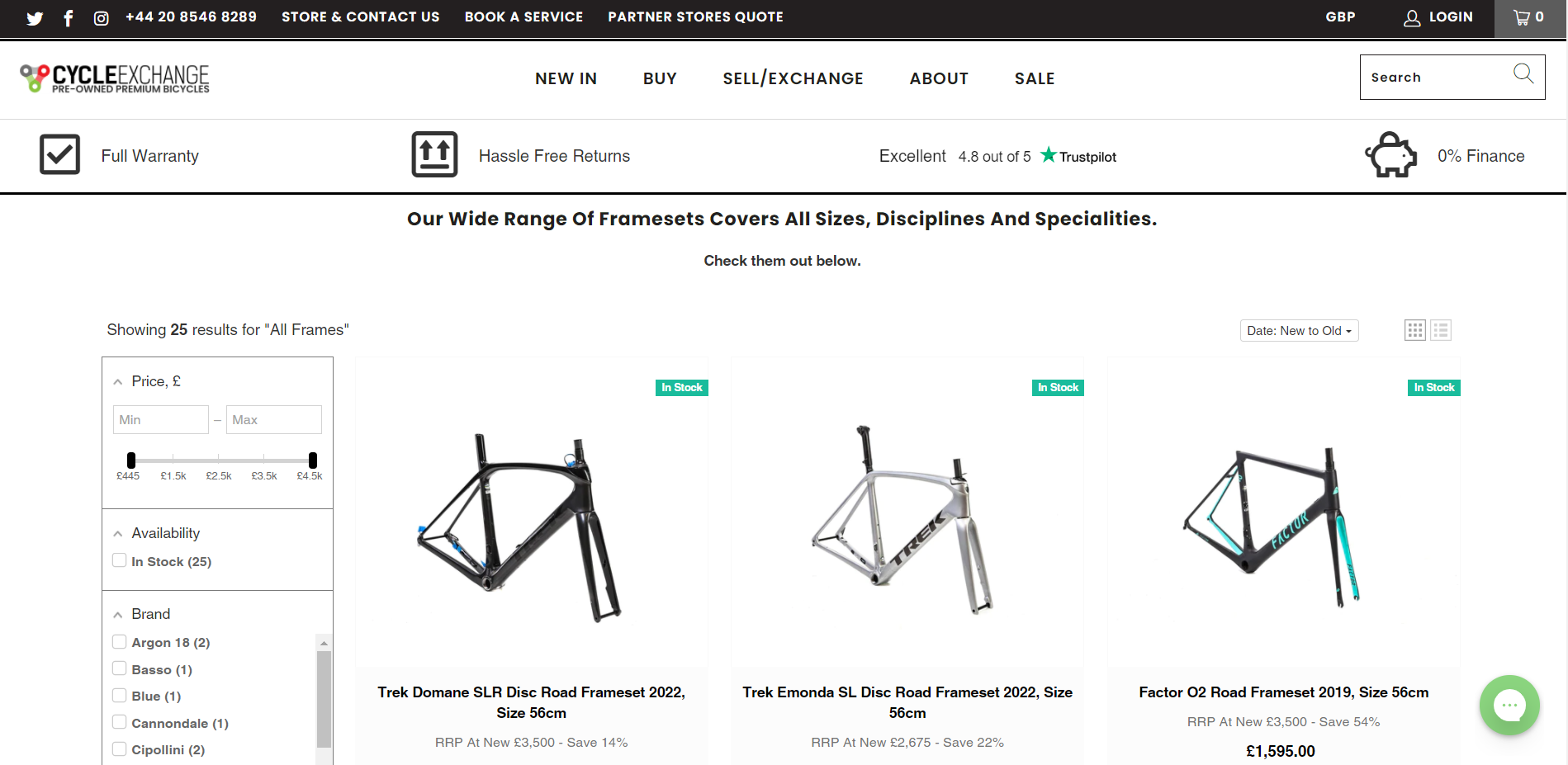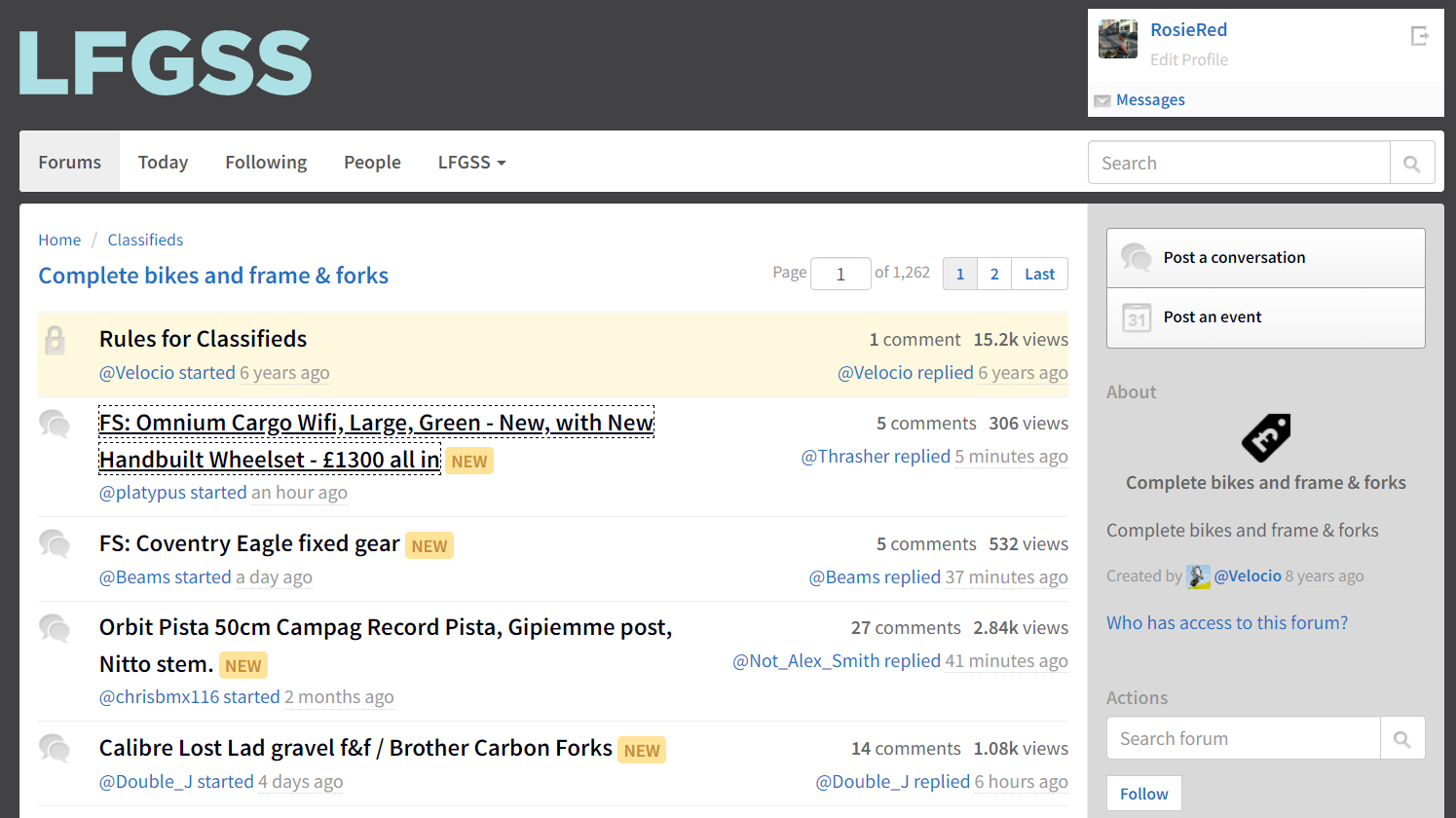How to build your dream bike on a budget: All the fun for a fraction of the cost
Bikes are expensive, but there are ways to get the bike of your dreams without breaking the bank

Most of us dream of that one bike to end all bikes, the bike we Google just to see pictures of, or lust over when glimpsed in person. Maybe you saw your favourite rider on it, have been imagining the perfect configuration for years, or just been browsing our lists of the best road bikes or the best gravel bikes. Sadly these dream bikes often remain a dream, owing largely to financial constraints. Buying complete bikes new from retailers comes with a substantial price tag, and some of the new bike pizazz is often missing when you start looking second hand. Fortunately, these are not the only options. Keep reading to find out how you can get your dream bike with your real-life budget.
Have a clear idea
Fantasising about the bike you’ve always wanted is lovely, but it will not get you far without a clear plan of action, so the first tip is 'know what you want'. Is it a specific frameset that is the focus of your longing, or a groupset, or the wheels? Do you want the bike to look a certain way, or is the most important thing how it feels? There is no right or wrong answer.
What about the assembly? Building the bike yourself can help bring the costs down, but it’s also key to know your limits. You don’t want to damage new components because of mechanical inexperience. You could always do the majority of the work yourself, up to the edge of your comfort zone, before taking to a local bike shop to bring the labour costs down.
Finally, decide what you are willing to compromise on. There is no point bending to the point where you are only slightly enamoured with the finished product - this is your dream, after all. Having too fixed an idea of what you want can lead to unrealistic expectations and derail a project altogether. Have no desire to run tubeless tyres? Don’t spend extra on tubeless wheels. Don’t care whether your bike weighs 6.8kg or 8.6kg? Don’t bother with the all-carbon finishing kit. Picking your battles can slowly chip away at the final bill.

Second hand and ‘new (other)’
Just because you want this bike to be the bee’s knees does not mean that everything has to be new. Some significant components can be purchased second-hand without affecting the overall quality. New frames are untouched, pristine, but also come with that panic factor about the first time you scrape the paint job (there's a unique anxiety to hearing a stone ping off your downtube on a descent). Buying second hand can not only reduce the cost, but can also remove some of the fear, helping your bike be a usable piece of kit rather than a very expensive wall ornament. Wheels, handlebars, seatposts etc are all items that, if sourced correctly, can be purchased ‘used’ and still add up to a stunning build.
If you're thinking about second-hand, then make sure to check out our guide on how to buy a used bike for some helpful hints and tips.
Another great option is finding those ‘new (other)’ bikes and parts. Typically what this means is that they’ve either been unboxed but not used, only test ridden, or are ex-display bikes. Retailers often sell their ex-demo bikes after a year or less, and they will have almost exclusively lived in a showroom. The price is always reduced, as they are no longer technically new, hence the ‘other’, but are still in mint condition. Most shops will either sell these bikes directly from their stores/websites, or an accompanying eBay page.
Get The Leadout Newsletter
The latest race content, interviews, features, reviews and expert buying guides, direct to your inbox!
Part exchange
Many of us are familiar with part exchange deals from the car industry, but the same exists in the cycling world too. The premise is simple; you sell your old bike and that money is used as credit to purchase another. Companies like The Cycle Exchange specialise in this and have an array of new and used bikes for sale on their website. You can also just sell your bike to them straight out, for a slightly lower fee, if they aren’t selling anything that takes your fancy.
Part exchanging is not always the best value for money, and relies on you having another bike that you are willing to sell, but it can help take a chunk out of the total cost and is an easier way to sell rather than going through traditional routes. Using a trusted dealer is a much safer option if you are new to second-hand marketplaces, and gives added peace of mind for those that are wary.

Finance
Nowadays, a lot of companies offer finance options for you to spread the cost. Some are the standard finance routes that require a credit score, but there are others that are more flexible, such as PayPal and V12 Retail Finance. The majority of people do not have thousands of pounds to invest into a bike at any given time, but payback schemes can give you more options in what you can afford. The reason many of us have never purchased our dream bike before is due to money and, even with all the savvy ways to save, the final cost can still be unattainable without help.
It is very important to be realistic about what you can afford to pay back, and to pay attention to the length of the contract. Though you may have a stable job right now, can you guarantee that in a year’s time you will still be able to pay back £400 a month? Be sensible, work out how the cost would factor into your monthly budget and assess from there. Some prefer to pay larger amounts over a shorter period, and some smaller amounts spread out over more time, with options often ranging up to 24 months. Many companies will also let you pay ahead of time to reduce the total owed, which can help if saving doesn’t come naturally to you.
The main thing is to use these resources wisely. Finance is definitely not for everybody, for a variety of reasons, but can be useful to some if used correctly.
Ask around
Not everyone has a huge cycling network, but it’s always worth reaching out all the same. If you are struggling to find parts yourself, asking around on social media can bring out some gems. For a wider reach, you can also post on bike forums, such as LFGSS.com, to get the word out to more people. No one likes a vague question like “does anyone have a bike for sale?”, so be specific, state your budget, and let the good people of the internet know if you're flexible and willing to consider other options or dead set on what you want.

My experience
I recently realised that I could no longer keep taking my wonderful, but very heavy, commuter bike on road rides - not if I wanted to keep up on the hills. I had a limited budget, but overly ambitious ideas, and frankly just wanted a bike that I really enjoyed riding, as I sometimes struggle to have fun whilst road cycling.
Frameset: Purchased from a friend, after it had been repaired. I’ve always loved Canyons, but couldn’t afford to buy a new frame outright, and this frame had been damaged and then professionally repaired, bringing it into my price bracket. They were kind enough to throw in the seatpost and handlebars as well.
Groupset: Bought on finance, attached to a bike. I found a really good deal for a bike online, with the 12 speed Ultegra Di2. The bike cost just under £3,500, but the groupset alone would have cost almost £2,500 new. Having purchased the bike, I removed the groupset and then sold the frame and remaining parts for just over £1,000.
Wheels and tyres: Purchased from a friend. I’d wanted these specific wheels for a while but couldn’t afford them new. Agreed on 50 per cent of the retail price, as the wheels were used but in good condition.
Saddle and bar tape: Gifted from a friend.
Overall, the bike rides like new, has a completely new groupset on it, and only superficial wear to the second-hand components. If I had purchased the bike new, it would have cost around £6,500-7,000. In total, the bike cost me around £4,000 spread out over several months, saving around £2,500-3,000, and I’ve been able to fully pay off the finance I took out.
Getting your dream bike is unlikely to ever be 'cheap'. We save and ponder because we know it is an investment not to be taken lightly, but that doesn’t mean there aren’t ways to really bring down the final cost. Prioritising what is integral to the build, looking around for good quality second hand or lightly used components, and utilising finance schemes where sensible can help you to treat yourself to something special, whilst living within your means.